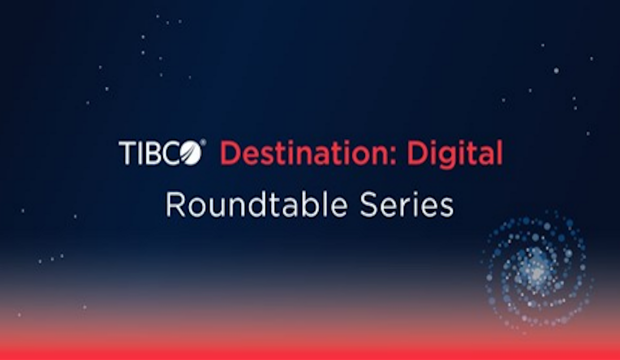There’s an API for That: Building Your Real-time Digital Business Foundation to Thrive and Survive
Blog: The Tibco Blog
Most of us have had this moment by now: you see some part of your company delivered on a mobile phone, a connected device, a Web portal, or app. It’s a new business like Apple Pay, PayPal, eBay, Amazon, Uber, or fitbit. It’s often delivered as an API, or application programming interface, a simple call to some outside service. And it’s not your API. It’s your new competitor’s API, and they’ve figured out how to disintermediate you, to deliver part of your business as part of a better, faster, cheaper experience.
Some time later you begin realize you need to deliver your API for that, or a different combination of APIs to deliver information and services that help you retain and wow your existing customers, to help grow your business into new segments by using the ecosystem of suppliers, partners, and customers around you.
Many have succeeded with API management and digital business. But it’s a journey that requires the right expertise and technologies. The first step typically involves creating APIs out of existing systems or building new APIs using a combination of real-time messaging, ESB, API development, and API management technology. Some have progressed towards a microservices architecture. For many, each API at this level is the single API for each piece of business logic, like the single API for changing customer information. These “private” APIs make it easy to combine the information and capabilities of the business with other APIs. They also insulate the new APIs and services from the old systems. Change a legacy system, the private API hides the details; add new functionality for handling customers, only one private API changes. In both cases, you only have to test one API. On top of these “private” APIs, companies build “public APIs” designed by a new role, an API Product Manager, to be easily consumed by the outside world. This is how you get the best of both worlds, the ability to quickly deliver a public API much faster than the rate of change of existing systems, and the ability to insulate a public API from internal change. And they’ve figured out how to make APIs responsive, with no noticeable latency despite all the network hops across the chains of APIs and existing systems that are the new service.
This architecture and the layering of APIs is the new real-time digital business foundation for their digital business applications. It enables them to manage a common layer of APIs that are consumed by mobile apps, by cloud services, or B2B partner applications. Using a common set of APIs across channels helps ensures a seamless, responsive, omnichannel experience across channels.
Learn more about the architecture, technologies and best practices behind this digital business foundation. Sign up for a roundtable session with experts from Forrester, API Science and TIBCO for exploring the business and technology requirements, best practices, and fast-track steps for transforming to digital business.
Leave a Comment
You must be logged in to post a comment.








